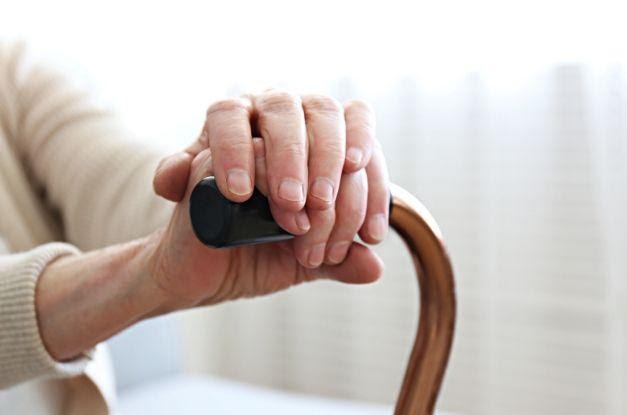Hikers use walking sticks temporarily to help with balance on walks over varying terrain. Walking sticks can help test the ground or estimate the depth of a puddle. Sometimes they come in handy to discourage or defend against wildlife on a trail. But older people who use mobility aids may also refer to their cane as a walking stick. In fact, there are important differences between the two. Read on to answer the question, “what’s the difference between a cane and a walking stick?”
Walking Sticks are Temporary and Optional
A walking stick comes in handy out on a hike, but when the hike is finished, the stick can be stowed until the next outing. In that respect, walking sticks are temporary assists, or even just cool accessories for an outdoor excursion. Aside from helping with balance on an uneven path, testing the firmness of the ground under the next step, or helping to lever a log off the trail (for the stoutest sticks only!), a walking stick can lend a kind of wizardly style to an otherwise ordinary walk.
Walking sticks don’t typically have a defined handle. Or, if they have a handle, it isn’t designed to be more decorative than comfortable. Walking sticks are not intended to support the walker’s weight.
Canes Can Be Temporary, but They are Not Optional
A cane serves as a mobility aid to someone recovering from an injury or surgery. Most often, canes are helpers for people who have permanently reduced strength in one leg or impairments that make walking treacherous. Canes are made to act as a sort of “third leg,” and to bear weight that would otherwise go to the weak leg. People use canes because of persistent and permanent knee and hip issues that develop with age or in the aftermath of an injury. A doctor or physical therapist will recommend using a cane to prevent further injury. Canes also help people with balance issues. They can help prevent falls in older people, falls being one of the top reasons for injuries among seniors.
Canes come with decorative handles, but the most important aspects of the handle and the shaft are the practical features. Top concerns are how much weight the cane can bear, whether the handle works for a person that needs help rising from a chair, and whether the base provides sufficient support. Quad canes, for example, have a four-point base for extra stability.
The difference between walking sticks and canes is sometime subtle, but it is important for people who love to walk for recreation and for those who need support when moving around their own homes.






















